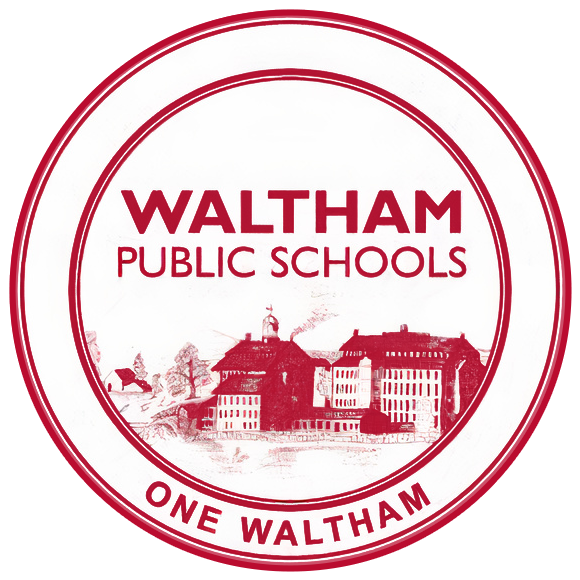Grade 10 History Curriculum Guide
Beginning a sequence of United States history that will be completed in Grade 11, this course will study the United States from the American Revolution to the close of the nineteenth century. The course aims to deepen students’ understanding of the history of pre-twentieth century America. Special emphasis will be placed on the study of the Founding Documents, the Early Republic, slavery, the Civil War and Reconstruction, and industrialization.
Unit | Timeframe | Essential Questions | Assessment Opportunities |
|---|---|---|---|
American Diversity & Identity | September |
| Students will:
Assessments include:
|
Indigenous Peoples | September - October |
| Students will:
Assessments include:
|
American Promise & Working for Change | November- January |
| Students will:
Assessments include:
|
Slavery & Its Legacies in North America | January- March |
| Students will:
Assessments include:
|
Immigration across American History | April-May |
| Students will:
Assessments include:
|
Technology, War & the State | May-June |
| Students will:
Assessments include:
|
